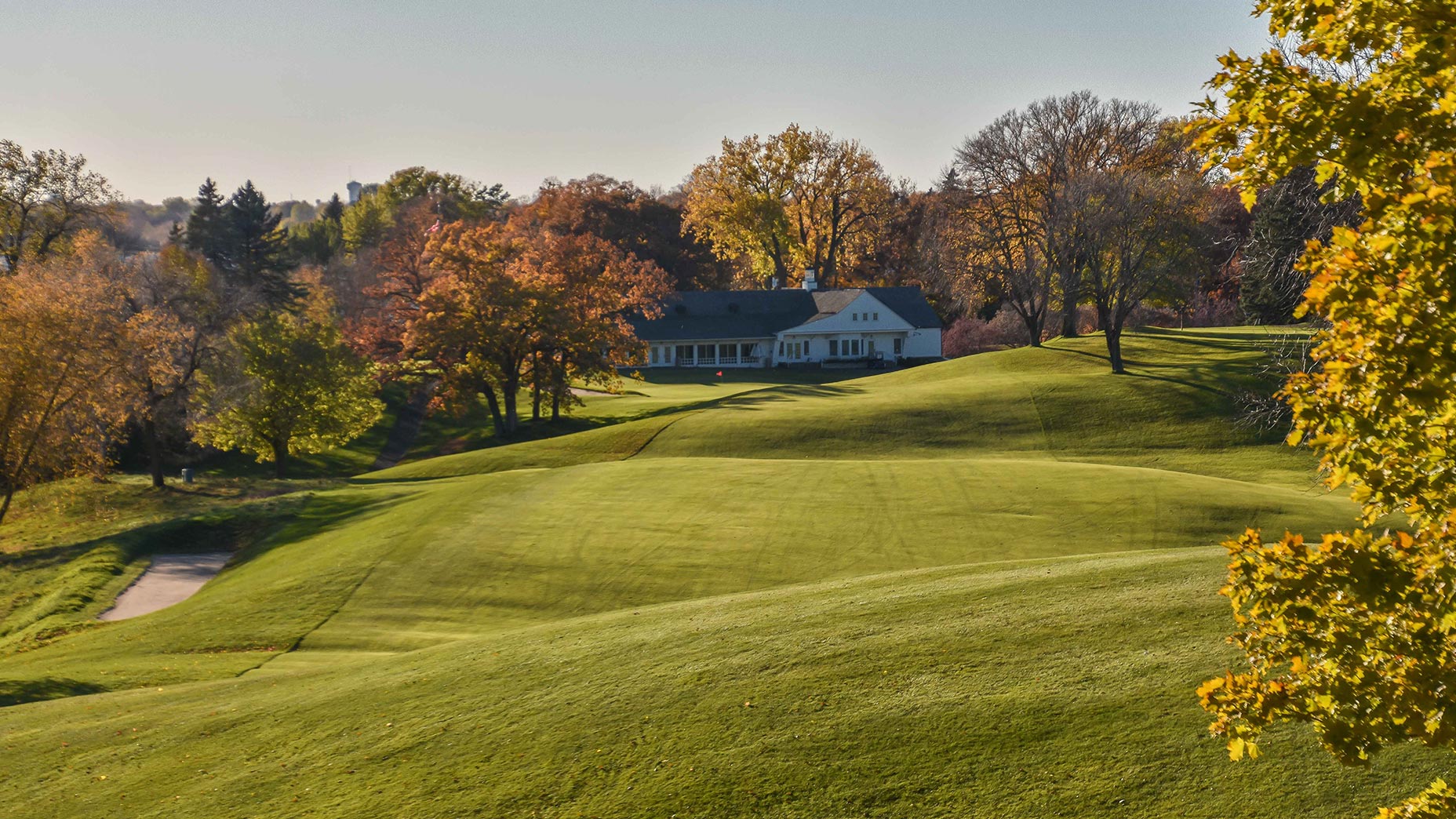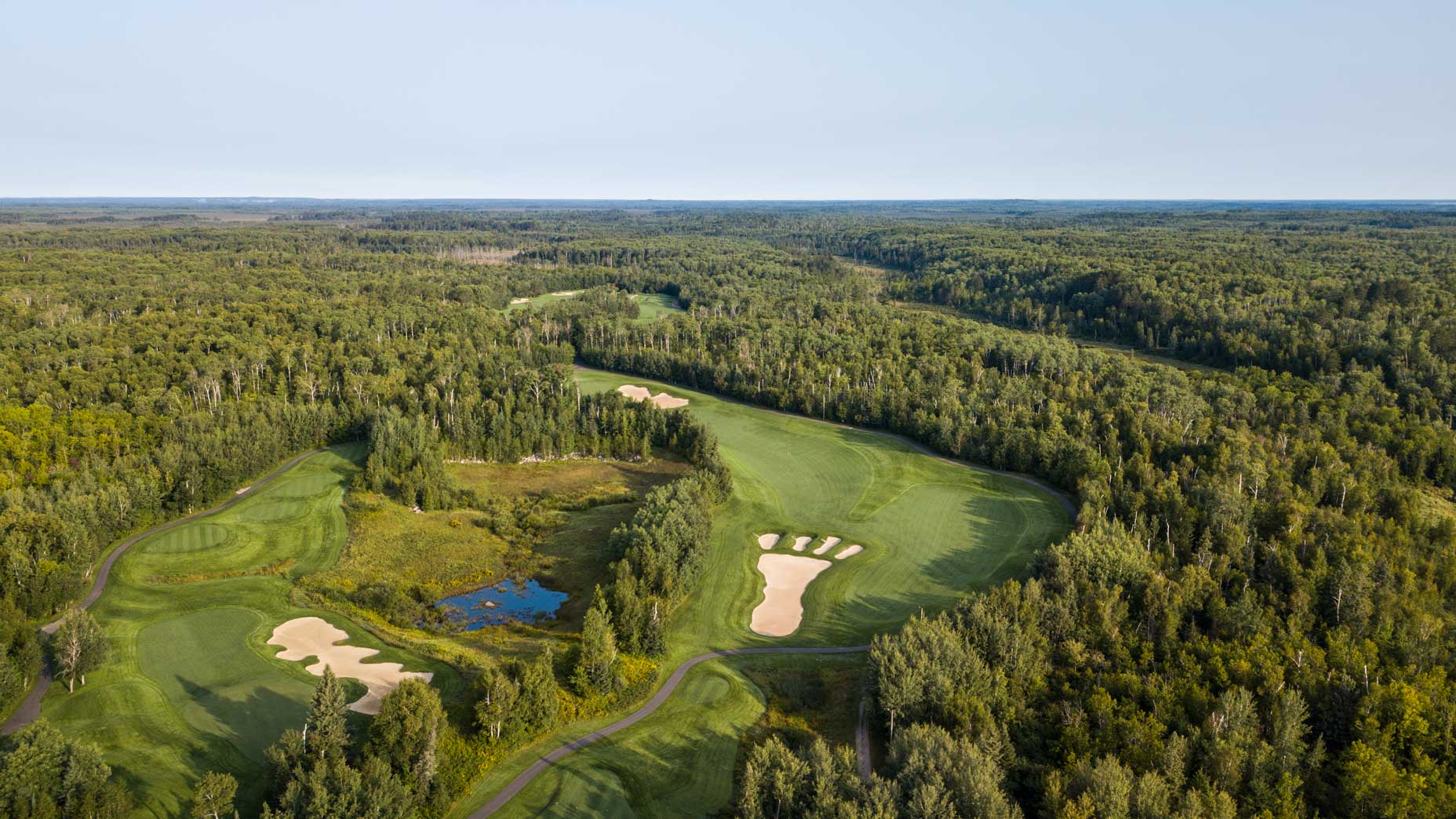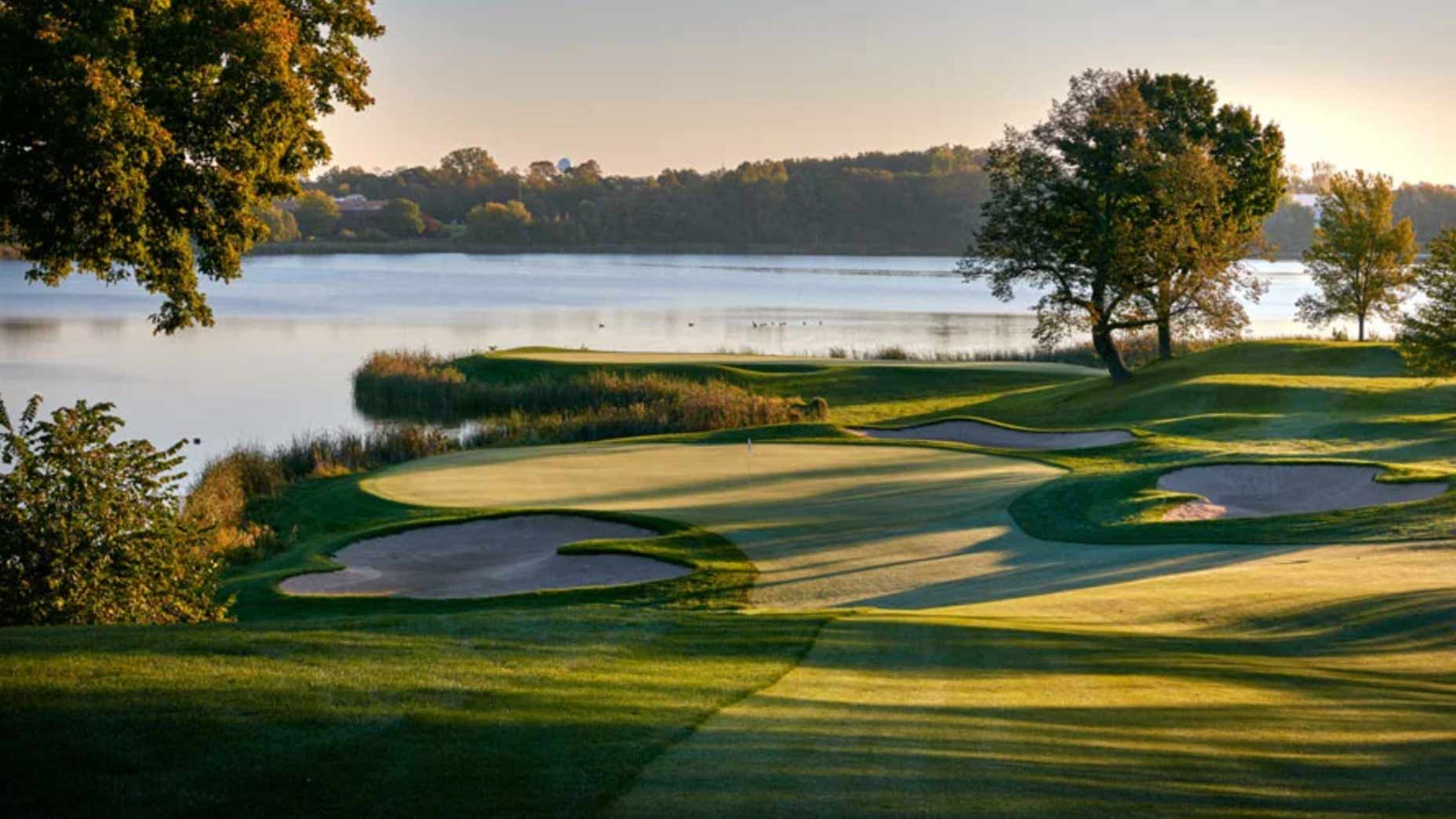For every great course that made GOLF’s 2020-21 ranking of the Top 100 Courses in the U.S., dozens of more must-plays were left on the outside looking in — including at least a handful in your home state. Some of these designs just missed out on a Top 100 nomination, others finished deeper down the ranking, but all are worthy of your time. To shed light on the best courses in every state, we broke out the full results of our Top 100 Courses polling into state-by-state lists. Here’s a closer look at Minnesota.
Minnesota golf by the numbers:
Number of courses and U.S. rank: 483 (11)*
Number of golfers per capita rank: 1*
Average public-course greens fees: $$ out of $$$*
Average daily temp and rank: 41.2 (47)
Annual precipitation and rank: 27.3 in. (37)
*Source: National Golf Foundation
Best Minnesota golf courses (2020/2021)
1. White Bear Yacht Club (White Bear Lake) [1]
William Watson deserves the credit for laying out the holes that are the backbone of today’s course, though the club historian notes that Donald Ross “gave freely of his advice in its development.” The two Scots were surely bewitched by the opportunity to work on this roly-poly landscape. The view from the 1st tee of the 18 foot-deep greenside bunker tells you this is going to be different, though nothing really prepares you for such a one-off hole as the elegant 12th with its long fallaway green. A course can measure 6,500 yards and still make the Top 100 but it needs both awesome land and architecture, which this course enjoys in spades.
2. Interlachen (Edina)
3. Northland (Duluth)
4. Hazeltine National (Chaska)
5. Somerset (Mendota Heights)
6. Minikahda Club (Minneapolis)

7. Spring Hill (Wayzata)
8. Giant’s Ridge, Quarry (Biwabik) [3, P]
Book a tee time at Giant’s Ridge.
9. Windsong Farm (Independence)
10. Minneapolis GC (St. Louis Park)
SYMBOL GUIDE
1 = GOLF Top 100 Course in the U.S.
2 = GOLF Top 100 Course in the World
3 = GOLF Top 100 Resort
P = Resort/public golf course
Ed. note: Some courses were omitted from our rankings because they did not receive enough votes.
Course spotlight: Northland Golf Club (Duluth), ranked 3rd in Minnesota. Situated high above Lake Superior, this is one of the more stunning and surprising courses on the list to play. Putts that experienced golfers read as breaking X feet actually break twice that much, such is the invisible pull of the Lake. Donald Ross renovated the course in 1927 and in his vast portfolio of courses, this remains one of his most distinctive efforts. — GOLF Top 100 Course Rater

How we rank America’s best golf courses
For the newly released 2020-21 U.S. list, each panelist was provided a list of 489 courses. Beside that list of courses were 11 “buckets,” or groupings. If our panelists considered a course to be among the top three in the country, they ticked that box. If they believed the course to be among Nos. 4-10 in the U.S., they checked that box, followed by 11-25, 26-50, and so on.
Panelists were also free to write in courses that they felt should have been included on the ballot (we had fewer than a handful of such additions in the U.S. vote).
Points were assigned to each bucket; to arrive at an average score for each course, we divide its aggregate score by the number of votes. From those point tallies, the courses are then ranked accordingly. It is an intentionally simple and straightforward process. Why? Because it invariably produces results that are widely lauded. Like the game itself, there’s no need to unnecessarily overcomplicate things.
For much more on how we rate courses, click or tap here.

Meet our course raters
We empower and hold accountable a group of 97 well-traveled — and well-connected — golfers/aficionados, each capable of expressing their own sense of design excellence at the highest level. The group is seasoned and experienced — we look for raters who know what’s out there, what’s changing and what’s coming down the pike. And from judging posts across four continents, our panelists are positioned to place courses from different regions around the globe into proper context, one of the main reasons GOLF’s Top 100 Courses rankings are the most esteemed in the game.
Other ranking outlets employ thousands of raters. Our less-is-more approach creates a more meaningful and thoughtful list. Think about it: When you plan a golf trip, do you call every golfer you know for their take? No. You contact a handful of people whose opinions you value most.
Meet our full crew of panelists here.










